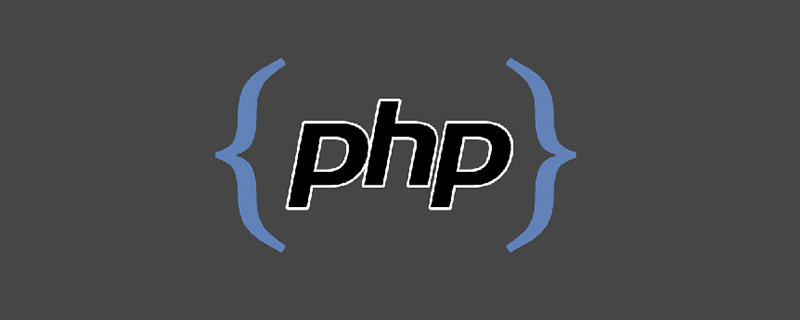php怎么实现日历
php实现日历的方法:1、创建一个PHP示例文件并设置编码为utf-8;2、创建table表格;3、通过mktime等函数获取时间日期;4、通过for循环实现日历功能即可。

本文操作环境:Windows7系统、PHP7.1版、DELL G3电脑
php怎么实现日历?
PHP实现的日历功能示例
具体如下:
<?php
/*
* Created by PhpStorm.
* User: admin
*/
header("Content-Type:text/html;charset=utf-8");
date_default_timezone_set("PRC");
$a=@$_GET["a"];
$b=@$_GET["b"];
if($a){
$a=$a;
}else{
$a=date('y');
}
if($b){
$b=$b;
}else{
$b=date('m');
}
$noe=mktime(0,0,0,$b,1,$a); //获取当前的月的一号
$year=date("Y",$noe); //当前的年
$month=date("m",$noe); //当前的月
$week=date("w",$noe); // 每个月的一号是星期几
$days=date("t",$noe); //每个月的总天数
$day=date("d"); //获取今天是几号
$as=$year-1; //获取上一年的年
$bs=$month-1; //获取上个月
$bs=$month+1; // 获取下个月
$as=$year+1; //获取下一年
?>
<!doctype html>
<html lang="en">
<head>
<meta charset="UTF-8">
<title>日历</title>
<style>
table{
border: 1px solid #050;
}
table th{
background:#000;
color:#fff;
border: 2px solid #050;
}
</style>
</head>
<body>
<table cellpadding="0" cellspacing="0">
<tr>
<th><a href="?a=<?php echo $as; ?>" rel="external nofollow" rel="external nofollow" ><<上一年</a></th>
<th><a href="?b=<?php echo $bs; ?>" rel="external nofollow" rel="external nofollow" ><<上个月</a></th>
<th><?php echo $year."-".$month."-".$day ?></th>
<th><a href="?b=<?php echo $bs; ?>" rel="external nofollow" rel="external nofollow" >下个月>></a></th>
<th><a href="?a=<?php echo $as; ?>" rel="external nofollow" rel="external nofollow" >下一年>></a></th>
</tr>
<tr>
<th>星期日</th>
<th>星期一</th>
<th>星期二</th>
<th>星期三</th>
<th>星期四</th>
<th>星期五</th>
<th>星期六</th>
</tr>
<tr>
<?php
for($i=0;$i<$week;$i++){
echo "<td> </td>"; //获取当月一号前面的空格
}
for($k=1;$k<=$days;$k++){
if($k==$day){
echo "<th>".$k."</th>"; //输出今天是几号
}else{
echo "<td>".$k."</td>"; //输出当月天数
}
if(($k+$week)%7==0){
echo "<tr></tr>"; // 一周七天换行
}
}
?>
</tr>
</table>
</body>
</html>
运行结果:

推荐学习:《PHP视频教程》

